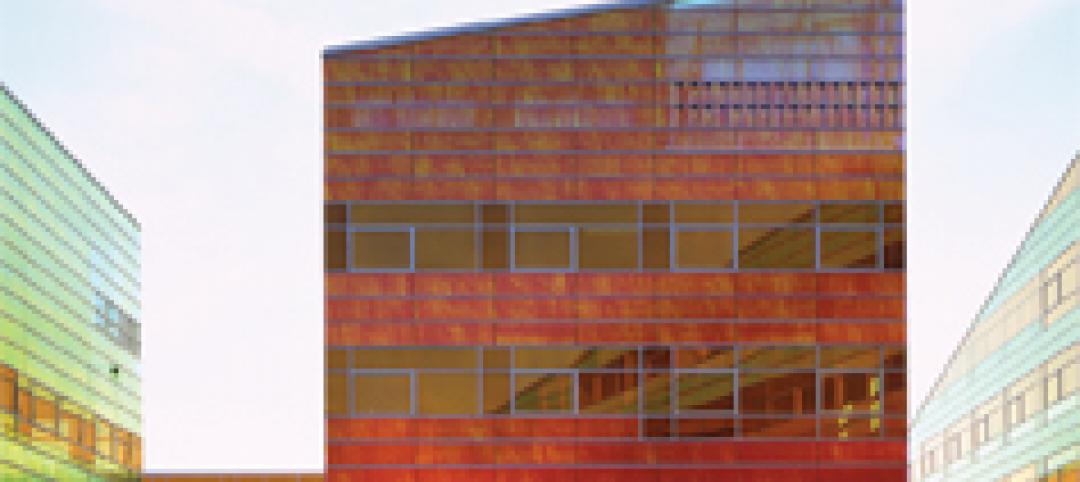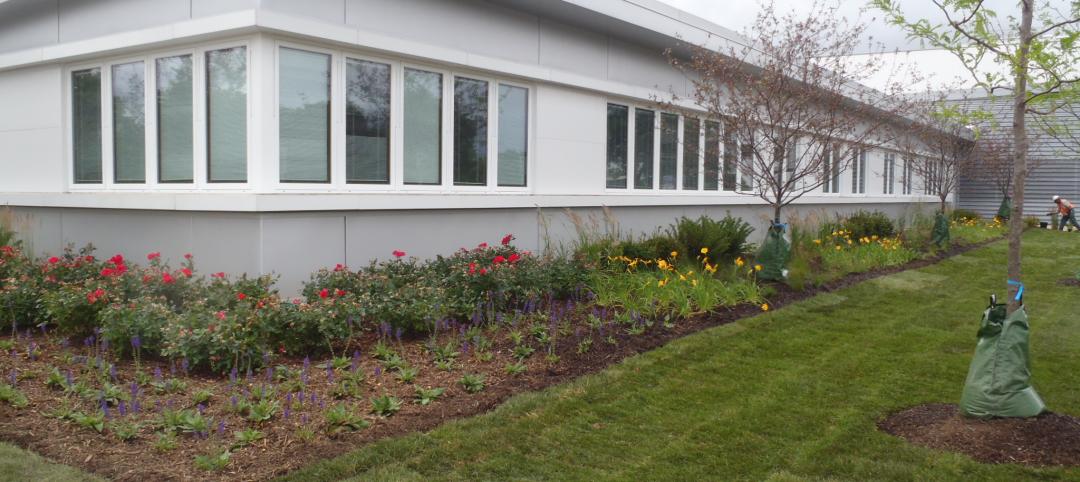Is your firm active in the U.S. building reconstruction, renovation, historic preservation, and adaptive reuse markets?
We invite you to participate in BD+C's inaugural Reconstruction Market Research Report.
The BD+C editorial team is partnering with construction industry economist Kermit Baker, PhD, Hon. AIA, to survey U.S. architecture, engineering, and construction firms on the latest trends, innovations, and market activity in the reconstruction sector.
Reconstruction—the “hidden sector” of the nonresidential construction market—represents $150-$200 billion in construction spending each year, yet it is largely ignored.
BD+C’s 2022 Reconstruction Market Research Report will cover:
- market analysis by project type
- market analysis by building sector
- technology innovations
- product solutions
- growth projections
- influential AEC firms and projects.
BD+C wants to hear from reconstruction leaders like you! Please take the online survey at: https://www.bdcnetwork.com/Recon-Survey.
Related Stories
| Apr 3, 2012
Blaine Brownell on innovative materials applications in architecture
Brownell, who was named a BD+C 40 Under 40 in 2006, provides insight regarding emerging material trends and the creative implementation of materials.
| Mar 12, 2012
Improving the performance of existing commercial buildings: the chemistry of sustainable construction
Retrofitting our existing commercial buildings is one of the key steps to overcoming the economic and environmental challenges we face.
| Mar 6, 2012
Joliet Junior College achieves LEED Gold
With construction managed by Gilbane Building Company, Joliet Junior College’s Facility Services Building combines high-performance technologies with sustainable materials to meet aggressive energy efficiency goals.
| Mar 1, 2012
Reconstruction of L.A.’s Dunbar Hotel underway
Withee Malcolm Architects’ designs for the project include the complete renovation of the Dunbar Hotel and the Somerville Apartments I and II.
| Feb 26, 2012
Milwaukee U-Haul facility receives LEED-CI Silver
The new elements of the facility now include: efficient lighting with day-lighting controls and occupancy sensors, a high-efficiency HVAC system used in conjunction with a newly constructed thermal envelope to help reduce energy consumption, and the installation of low-flow fixtures to reduce water consumption.












